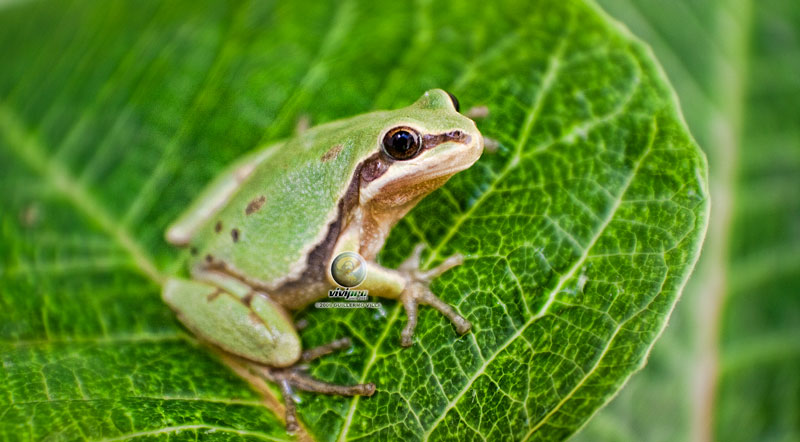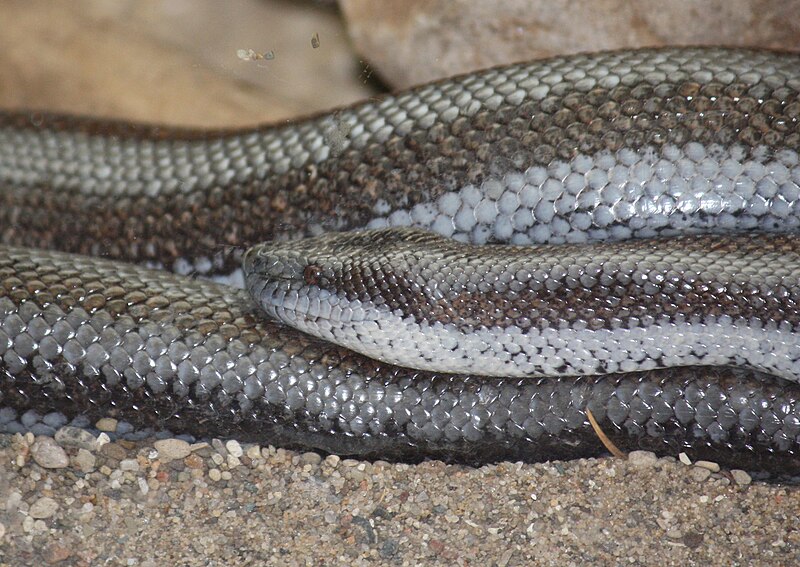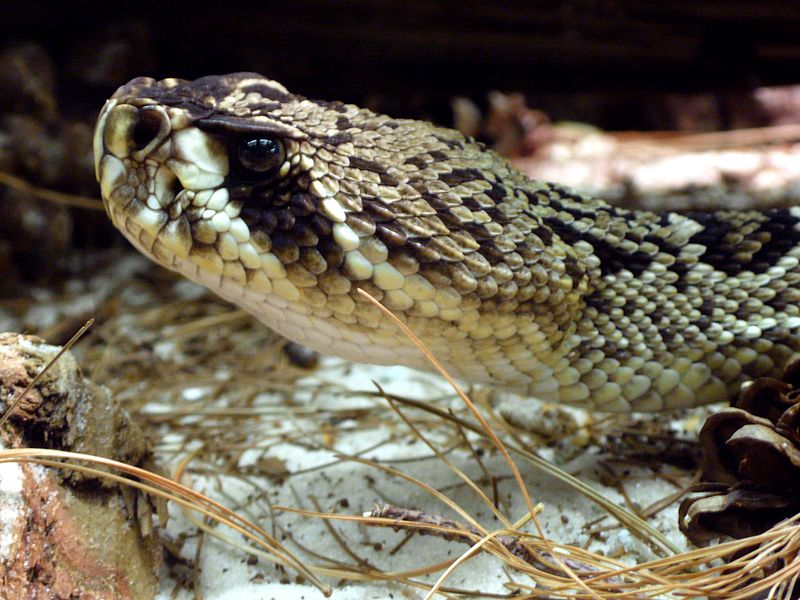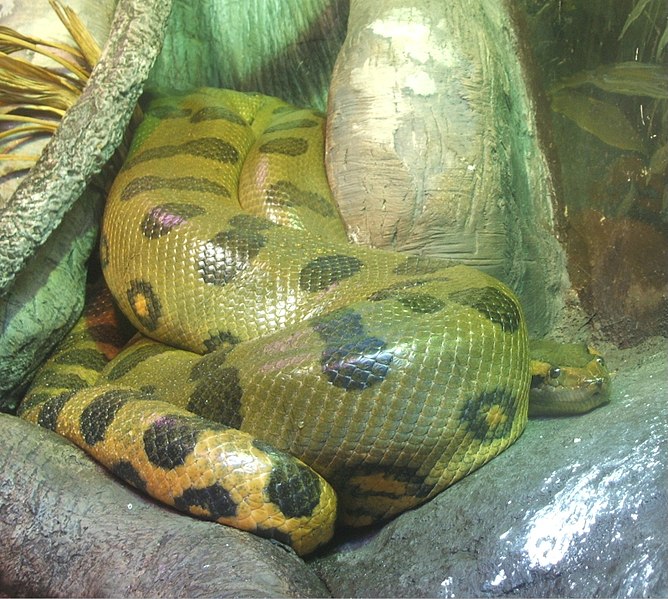 The global extinction crisis faced by amphibians has been much in the news in recent years, as have threats to sea turtles, Madagascar’s tortoises, Asia’s freshwater turtles and other long-suffering groups. In the USA, a number of reptile and amphibian species are also in dire straits despite, in some cases, federal protection. I hope this article inspires both hope and action in my many conservation-minded readers.
The global extinction crisis faced by amphibians has been much in the news in recent years, as have threats to sea turtles, Madagascar’s tortoises, Asia’s freshwater turtles and other long-suffering groups. In the USA, a number of reptile and amphibian species are also in dire straits despite, in some cases, federal protection. I hope this article inspires both hope and action in my many conservation-minded readers.
Unprecedented Agreement May Help 757 Species
Following a slew of lawsuits by the Center for Biological Diversity (CBD), the Federal government has agreed to speedily consider protecting an additional 757 native species under the Endangered Species Act (ESA). The CDB employs an attorney who deals solely with amphibians and reptiles, and the agreement is said to be “airtight” and legally enforceable.
This agreement is an important step, as the ESA is our most powerful wildlife law. Indeed, ESA listings have proven vital to the continued survival of many species. For example, a recent CBD study of 110 ESA-protected species showed that 90% of them were recovering “on time”, according to the goals set at the original listing…not bad, considering what is happening to rhinos and other “protected” species elsewhere! Read More »
 That Reptile Blog – Reptile, Amphibian and Exotic Pet Care and Information
That Reptile Blog – Reptile, Amphibian and Exotic Pet Care and Information



